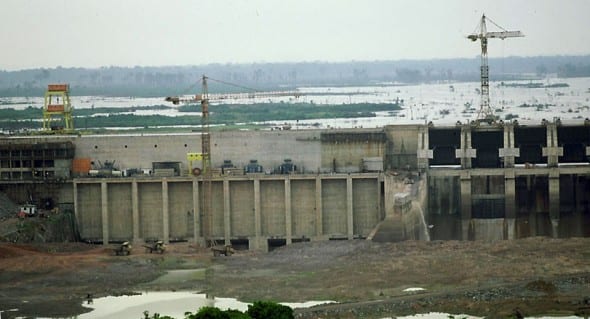As Tasmania struggles to manage an electricity shortage exacerbated by record low water levels in its hydropower dams, Brazil has launched the first stage of a floating solar system at its Balbina Hydropower Plant, marking the start of a project targeting up to 10MW installed in the country’s hydroelectric lakes.

The project is aiming to evaluate the performance of floating solar arrays installed at hydro power plants in areas with different climatic regimes, as well as their potential to reduce evaporation from already challenged water reservoirs.
Using the transmission structure already installed at the hydro facilities, the energy generated by the panels can supplement the hydroelectric power plants, bolstering electricity supply in times of drought.
The Brazilian project includes two floating PV installations at Balbina and Sobradinho HPP – the latter of which is expected to start operations later this week.
According to an announcement by Brazil’s Ministry of Mines and Energy (MME) on Friday, both arrays are planned to deliver 1MW each in their first phase.
If the systems are proven successful by October 2017, a further 4MW of floating solar PV capacity will be added to each unit. The study project will continue until January 2019.
The investment for both installations is estimated at 100 million Brazilian reals ($US27 million), and the project will be carried out by Brazilian utilities Eletronorte and Chef. Sunlution and WEG, in partnership with several foundations and universities.










